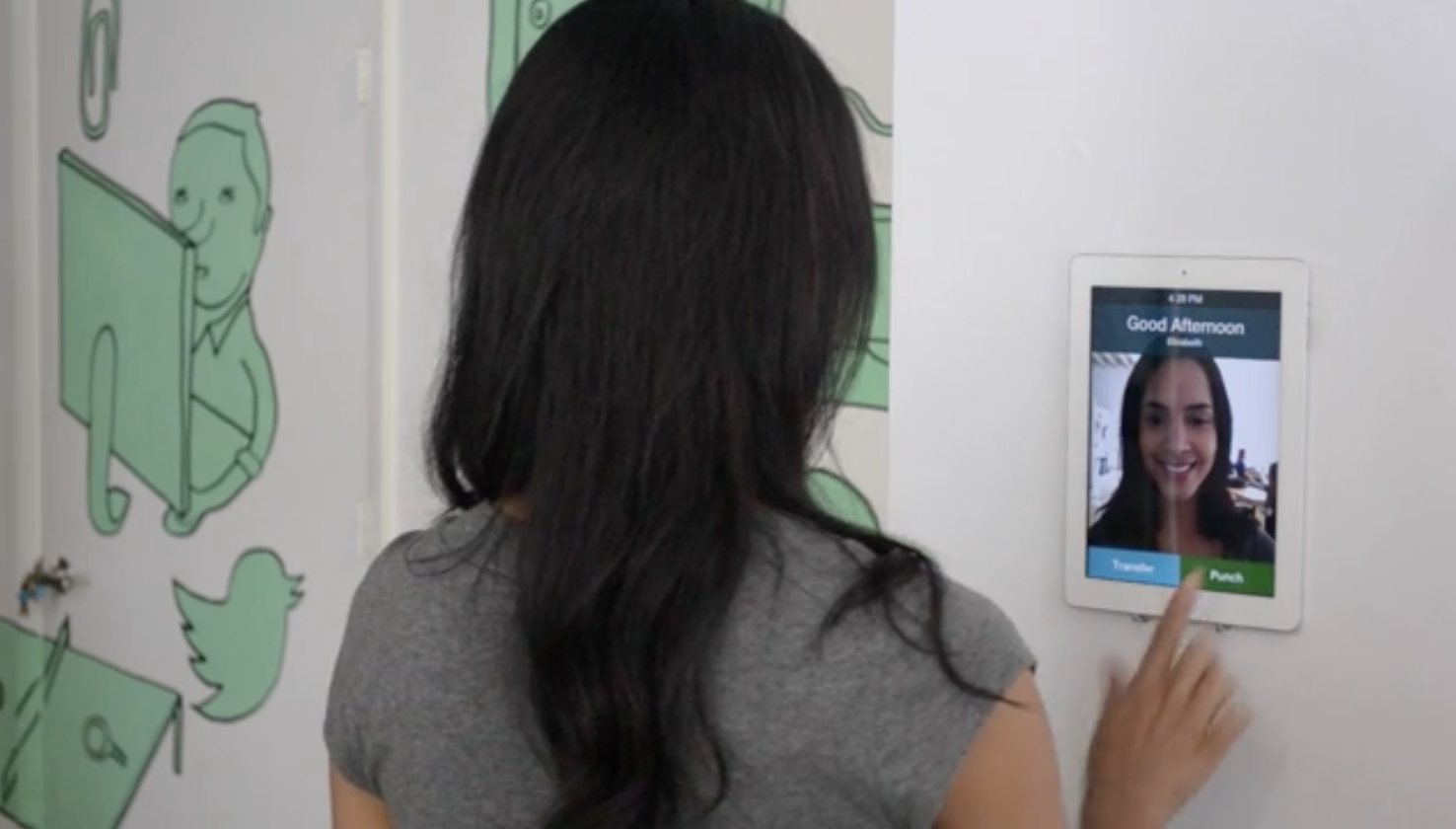The research of facial recognition has been a fascinating journey. It began in the 1960s with Woody Bledsoe, Helen Chan Wolf, and Charles Bisson who created programs to assist with basic face recognition. They were not fully automated back then, requiring the administrator to locate the key facial features such as the eyes, ears, nose, and mouth on the image being examined. The programs calculated distances and ratios to a common reference point which was then compared to set reference data.
Since those early days, many facial recognition research groups have examined various aspects of facial detections and recognition. By the 1970s Goldstein, Harmon, and Lesk were able to automate the recognition process by using 21 specific subjective markers, such as hair color and lip thickness.
Kirby and Sirovich's research in the late 1980s gave another leap forward to the nascent technology, by determining that less than one hundred values were required to accurately code a suitable aligned and normalized face.
I have found 56 locations where facial recognition research groups have been the vanguard of 21st-century research into facial analysis. Some of this research is now historic, although still freely available on the internet. In other cases, the research is ongoing, with capabilities and techniques being improved on all the time. Some of the research is very clearly focused on facial research. Some of the other studies have only a peripheral connection to the subject.
I have tried to include all facial recognition research groups whose work appears on the internet. If you know of a group that is missing from this article feel free to contact us at Kairos and I am happy to update this post.




